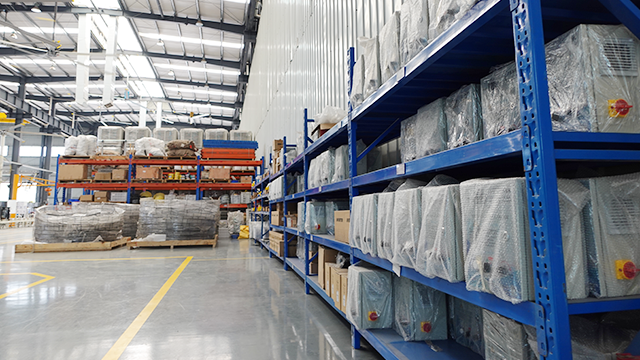How to compare HVLS fan specifications?
2024-12-06
How to compare HVLS fan specifications?
Selecting the appropriate high-volume, low-speed (HVLS) fan for your industrial, commercial, or agricultural area necessitates a thorough comprehension of the specifications. The specifications of each HVLS fan are distinct and determine its performance, efficiency, and appropriateness for your particular requirements. Our blog post will provide you with comprehensive guidance on how to effectively compare HVLS fan specifications and help you make an informed choice.

AIR MOVEMENT CAPACITY
One key specification to consider is the fan’s air movement capacity. While CFM (Cubic Feet per Minute) is commonly used to measure airflow, it is important to look beyond this metric. Pay attention to the Air Velocity Profile instead, as it indicates how effectively the fan spreads air over a larger space. Look for HVLS fans that prioritize creating an optimal airflow distribution, ensuring consistent cooling effects throughout the entire area.
MOTOR EFFICIENCY
The efficiency of the fan’s motor is another crucial specification to evaluate. Look for HVLS fans equipped with high-efficiency three-phase EC brushless motors. These motors are not only powerful but also require minimal maintenance, contributing to long-term cost savings. Efficient motors ensure the fan operates effectively while minimizing energy consumption, leading to greater energy efficiency and reduced operating costs.
CONSTRUCTION AND DURABILITY
Consider the construction and durability of the HVLS fan. Look for robust steel structures that can withstand demanding environments. Features like painted iron welded frames and specially designed airfoils made from durable materials ensure longevity and reliable performance. Additionally, check for safety features such as safety cables, stabilizing cables, and redundant safety mechanisms in the hub design
NOISE LEVELS
Pay attention to the noise levels produced by the HVLS fan. Gearless motors and aerodynamically designed airfoils contribute to silent operation, making the fan suitable for noise-sensitive environments like offices or retail spaces. Ensure that the fan operates quietly without compromising its performance.
